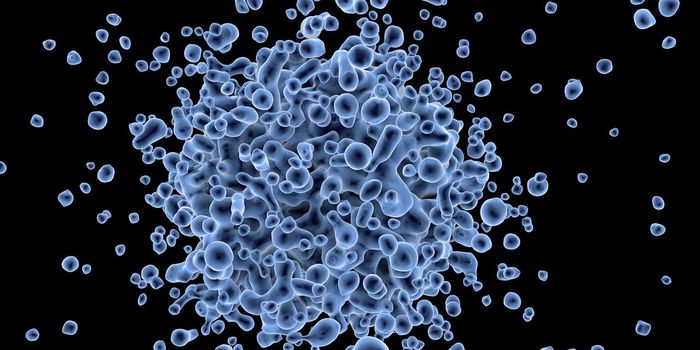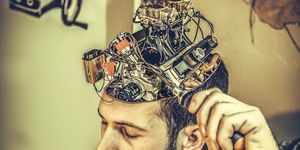Promising New Technique Uses Stem Cells to fix Bone Damage
New work has demonstrated that bone injuries can be repaired using a sheet of a carbon compound that has photocatalytic characteristics, and combining it with stem cells derived from human bone marrow. These developments could lead to new treatments that can exert a powerful positive effect on skeletal fractures or periodontal disease. Check out the short video below that summarizes the findings in the report, which was published in the journal ACS Nano.
The scientists found that a chemical sheet made of carbon nitride, which absorbs red light, can support the growth of bone cells - osteogenic differentiation - because of the activation of a molecule that promotes gene expression. That molecule is a transcription factor called runt-related transcription factor 2 or Runx2. The absorption of red light and the emission of fluorescence by the carbon nitride sheets accelerates bone regeneration. It seems that when the sheets are exposed to red light in liquid conditions where cells are growing, electrons are released, which stimulates the accumulation of calcium in cell cytoplasm.
These carbon nitrogen derivatives were made by the scientists using melamine chemical compounds, a type of plastic material. An examination of this mechanism and repeated testing did not reveal any kind of toxicity to either healthy or cancer cells when they were grown on the sheets in culture, indicating that these carbon nitride sheets have the potential for use as a biomaterial.
The researchers also found that the sheets stimulate the formation of minerals by making stem cells turn into or differentiate into bone cells. Aside from Runx2, other genes that indicate bone cell differentiation, osteogenic differentiation markers ALP, OCN and BSP, were found to be more highly expressed.
A team of scientists from UNIST conducted this study, including members Young-Kyo Seo, a Professor of Life Sciences, Professor of Chemistry Dr. Jitendra N. Tiwari, Professor of Natural Sciences Kwang S. Kim, and Professor of Life Sciences Pann-Ghill Suh, as well as several other researchers.
"This research has opened up the possibility of developing a new medicine that effectively treats skeletal injuries, such as fractures and osteoporosis," commented Professor Young-Kyo Seo. "It will be a very useful tool for making artificial joints and teeth with the use of 3D printing."
"This is an important milestone in the analysis of biomechanical functions needed for the development of biomaterials, including adjuvants for hard tissues such as damaged bones and teeth," he concluded.
While a lot more work is still needed before the clinical applications can be realized, the researchers believe their work has opened up myriad possibilities for using carbon nitride sheets in future bone therapeutics.
Sources: AAAS/Eurekalert! via UNIST, ACS Nano









